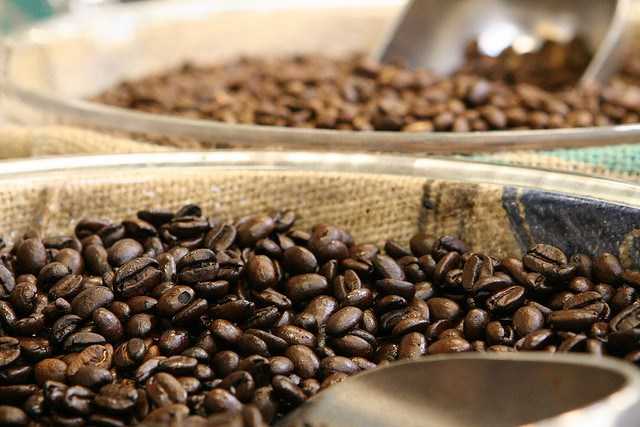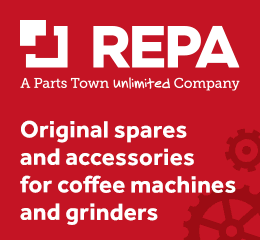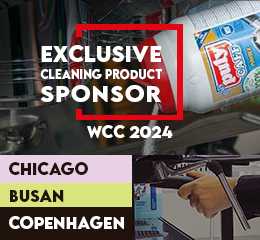NEW YORK – Plaintiffs’ attorneys in the U.S. are always on the hunt for a new target to sue. And, having had some success suing diacetyl manufacturers over workers’ exposure to the chemical in microwave popcorn plants, attorneys are now beginning to target coffee roasters and the e-cigarette industry as well.
Just Google diacetyl lawsuit and you’re likely to see an ad at the top of the results for a law firm’s Website, Ecigarettesuit.com, which tells visitors that they may be able to sue the manufacturer, distributor and retailer of their e-cigarettes.
This is a common pattern in the legal world: an initial round of lawsuits targets what appears to be a legitimate problem, but then “good targets” begin to dry up and attorneys start to pursue ever more remote targets in an effort to catch all of the crumbs.
For example, in the world of asbestos litigation, attorneys first targeted raw asbestos producers and makers of products containing large quantities of asbestos; then moved on to makers of products containing much smaller quantities of asbestos; and today sue even makers of everyday products like cosmetics under the theory that they are contaminated with trace quantities of asbestos.
So it is with diacetyl, a chemical contained in some e-liquid flavourings.
Over a decade ago, plaintiffs’ attorneys began suing manufacturers of raw diacetyl on behalf of workers who were directly exposed to high concentrations of diacetyl vapours, which were alleged to cause a rare and debilitating disease called bronchiolitis obliterans (or BO) which can necessitate a lung transplant.
The first lawsuit claiming injury due to exposure to diacetyl was filed in 2001 by 30 workers in Jasper, Missouri, who alleged that they contracted BO from inhaling diacetyl while working inside a plant that made microwaveable popcorn.
Soon after, many more microwave popcorn workers in other plants filed lawsuits, resulting in verdicts as large as the $30.4m judgement issued in a 2010 trial in Chicago.
Eventually, attorneys began looking beyond factory workers to everyday consumers. The first such consumer case was filed in 2008 by a man who claimed he contracted lung disease after years of eating two to three bags of microwave popcorn a day.
A jury in Colorado awarded him $7m. Manufacturers began to phase out the use of diacetyl in snack products, and so attorneys turned their attention to new targets, with coffee roasters recently falling into the crosshairs.
The heart of the problem
Diacetyl occurs naturally in many dairy products, and is a by-product of the fermentation process which lends a buttery note to some beers. It is also a manufactured chemical compound.
Although not a butter flavour as such, it is used as a component part of flavouring mixes to add a buttery feel to a product. Therefore, some companies’ e-liquids use diacetyl as one of many ingredients to create unique flavours.
A recent Harvard School of Public Health study that tested 51 e-liquids found diacetyl in 39 of them, though it appears that most of these liquids were produced overseas.
The U.S. Food and Drug Administration (FDA) has categorised diacetyl as a “generally recognized as safe” (GRAS) substance since 1980. This means it not considered a “food additive” and does not require premarket approval by the FDA.
However, a substance is deemed GRAS when there is a consensus among experts that the substance has no significant detrimental effect when used as intended. In the case of diacetyl, this consensus was based on the effects of ingesting small quantities, but did not consider the effects of inhalation.
The U.S. government does not currently regulate workplace exposure to diacetyl. In 2011, the National Institute for Occupational Safety and Health (NIOSH) proposed exposure limits for workers handling diacetyl, but these occupational exposure limits have yet to be finalised as formal recommendations.
Meanwhile, the Occupational Safety and Health Administration (OSHA) has declined to establish any workplace standards for diacetyl exposure.
The FDA may take steps to fill this regulatory void for consumers now that it has extended its authority over e-cigarettes (and it does explicitly note in comments contained within its new deeming rule that GRAS certification for an ingested substance does not mean inhalation is safe).
But for now, there exist no regulatory standards for consumer exposure to diacetyl in over-the-counter products.
The litigation risks
Unlike the suits by microwave popcorn factory workers, which alleged personal injury claims and therefore required proof that exposure to diacetyl actually caused the workers’ medical conditions, it is far more likely that lawsuits against e-cigarette companies will instead remain focused on false advertising and breach-of-warranty claims.
This is what we have seen so far in the many proposed class actions against e-liquid makers in California. These lawsuits do not allege that consumers were actually harmed by any diacetyl in the liquids they purchased and used, but rather that they were misled by the products’ labelling.
Specifically, they argue, the product labels should have disclosed the presence of diacetyl but did not; and they say that had the consumer known the product contained diacetyl, they would not have purchased the liquid.
The reason for this approach is that the concentrations of diacetyl in those e-liquids are low, and it would be very difficult to prove to a reasonable degree of scientific certainty that such small doses actually caused damage to a consumer’s lungs.
It is much easier to make an economic loss claim focused on labelling and implied warranty issues, premised on a theory that the plaintiff was misled into purchasing the product.
With the FDA imposing new labelling requirements, however, even the economic-loss claims targeting products’ marketing and labelling disclosures may soon fizzle out.
Once the content of labelling is dictated by a regulatory body, companies can argue that private citizens’ lawsuits over that labelling are pre-empted by federal law.
So it may be that the new regulations, not the risk of private lawsuits, become the industry’s biggest legal concern.
Peter Masaitis is a partner in the products liability group of Alston & Bird’s Los Angeles office. His practice focuses on complex business litigation matters, and he has defended several lawsuits alleging injury from diacetyl exposure.
















